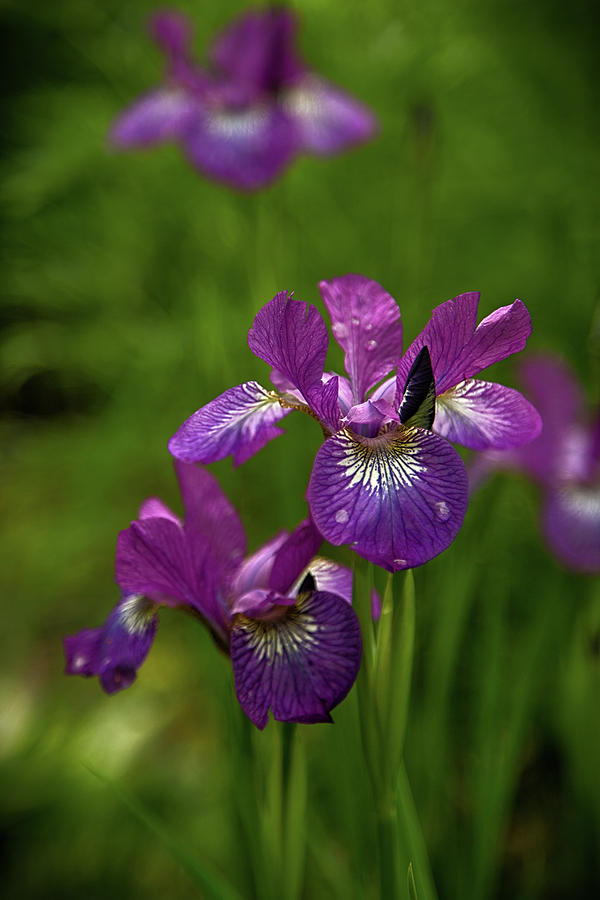

Toxic to dogs, toxic to cats, toxic to horses.Wear gloves and other protective equipment when handling. All parts may cause discomfort if ingested.It has long green grass-like leaves, tall stem, 25 violet. Propagate by division of rhizomes from midsummer to early fall Iris sibirica (commonly known as Siberian iris or Siberian flag), is a species in the genus Iris.The best time to plant Siberian Irises is spring or late summer.A welcomed addition to beds and borders, city gardens, coastal gardens, cottage gardens, rain gardens or near streams or ponds, where it provides excellent color contrast.Among the most trouble-free and low maintenance plants in the garden, Siberian Irises are deer resistant.While this lovely iris enjoys a wide range of soils, slightly acidic soil is where this plant will thrive. Shade is tolerated, but the flowering performance may be altered.
Siberian iris full#
Performs best in full sun or part shade, in moist, fertile, humusy, organically rich, neutral to slightly acidic, well-drained soils.After blooming, the upright, narrow, blue-green leaves remain fresh-looking all season. Its showy flowers, interesting seed pods and bluish green strappy foliage make this a wonderful specimen plant. Blooming in late spring to early summer, the blossoms rise atop sturdy flower stalks, well above the foliage. Siberian Iris is an easy to grow, medium tall, clumping, low maintenance, versatile perennial that is native to Central and Eastern Europe. The Siberian iris is adaptable to a range of planting times. They bloom towards the end of the iris season in late May and early June. Their leaves are slender and more grass-like. Their flowers are smaller than bearded iris and lack the fuzzy beard of their taller cousins. They can tolerate chalk, clay, loamy, or sandy soil but prefer well-draining loam soil. Siberian iris are known as beardless iris. Flower petals are purple with white and yellow markings. Siberian irises are more adaptable and can grow in a variety of soil types. Planting Siberian Iris You may wonder when to plant Siberian iris to enjoy the frilly blooms in your garden. Height: 1.2m Spread: 30cm Hardy Attractive to wildlife Flower colour: Foliage colour: Position Soil Siberian flag iris, Iris sibirica, produces small, delicate flowers and narrow, bright green foliage. Incredibly elegant, Iris sibirica 'Concord Crush' (Siberian Iris) is a clump-forming perennial with heavily ruffled, rich violet-blue, double flowers adorned with glowing yellow signals. Siberian iris plants can reach as little as 12 inches (.3 m.) in height or grow taller than 3 feet (1 m.).


 0 kommentar(er)
0 kommentar(er)
